Erez Nevi Pana's Unravelled peace silk wall tapestries are made without harming silk worms
Designer Erez Nevi Pana has combined cruelty-free ahimsa silk with the baskets commonly used to grow silkworms, to create five tapestries that "expose the beauty in ethical production".
The basic fabric of the tapestries is cruelty-free silk, often known as peace silk, a material developed in India in the 1990s.
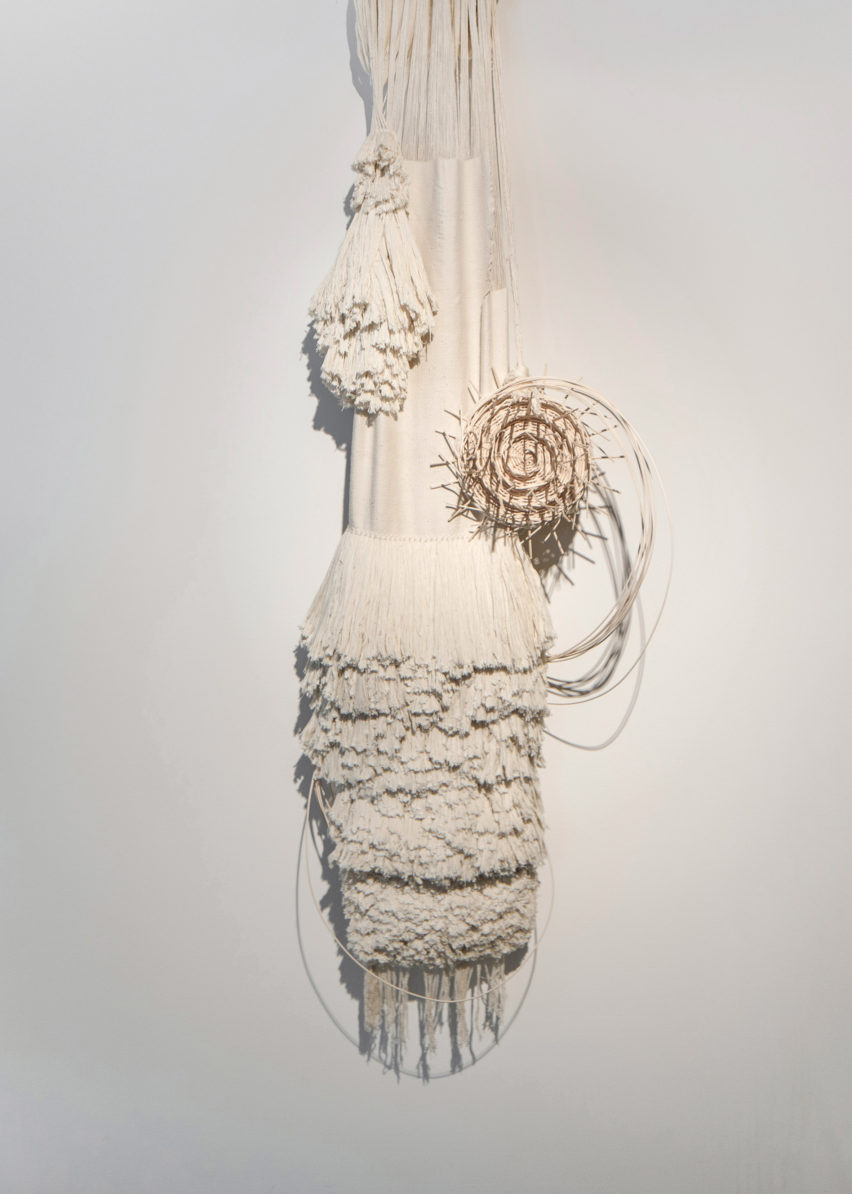
Part of the body of each tapestry is smooth like traditional silk but Nevi Pana has left textured loose threads in other areas. For this he used the process of soumak weaving, in which knots sit on top of the warp threads to add bulk and dimension.
Nevi Pana unravelled the wicker baskets that are used in the silk industry for growing silk cocoons and integrated sections of the deconstructed basket into each design. The tapestries are designed to be hung on the wall as an artistic piece.
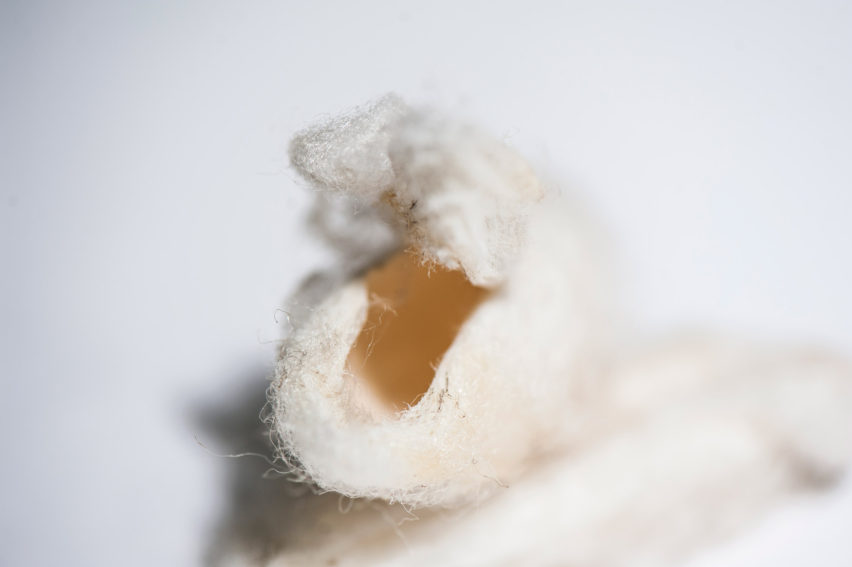
The production of ahimsa – meaning the principle of nonviolence toward all living things – differs from that of the traditional silk industry, and takes longer.
"In traditional silk production the silkworms are growing inside baskets on shelves and once they have finished spinning the larva is being boiled alive inside the cocoons," explains Nevi Pana. "It saves time and they get the full length of the yarn."
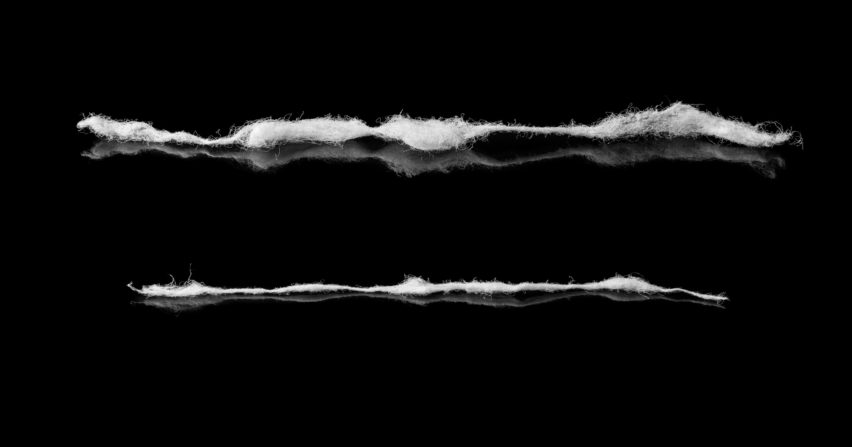
To make ahimsa silk, the producers must wait for the moth to leave the cocoon before they collect the silk yarn. The moth breaks the shell of the cocoon when it emerges and flies away, which makes the length of the yarn shorter and the production process longer.
According to Nevi Pana, silk worms do feel pain even though their reactions may not be visible to the naked eye. His use of ahimsa silk mirrors his own journey to a fully vegan lifestyle.
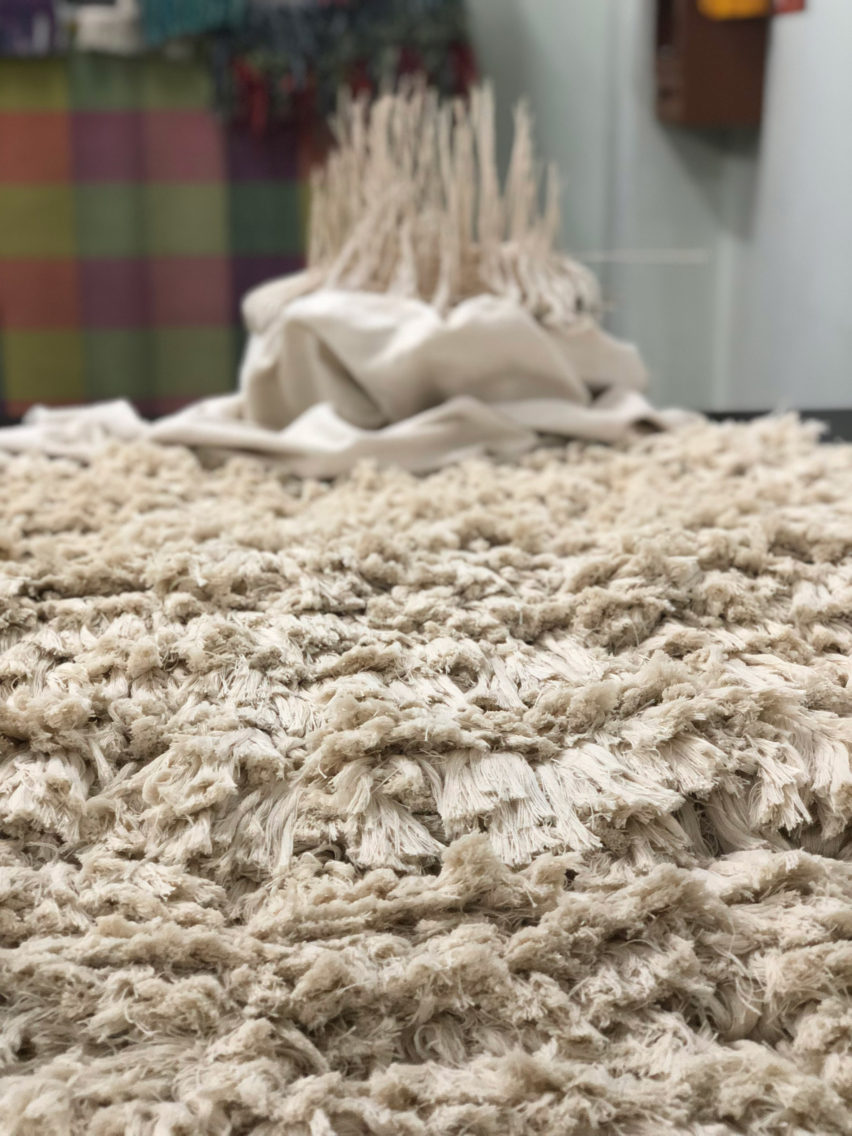
"Doubts about materials I was using in my designs started to emerge, especially relating to yarns, as most of my income came from weaving textiles," said Nevi Pana.
The designer began to see that ethical consumption as a designer could lead to ethical products "that make a real statement".
Nevi Pana experimented with weaving wool yarns and silk yarns over the course of his graduate project at Design Academy Eindhoven and while producing a number of products for private clients.
"When there is an alternative that exhibits a beautiful process like the peace silk, we should all choose it," he said.
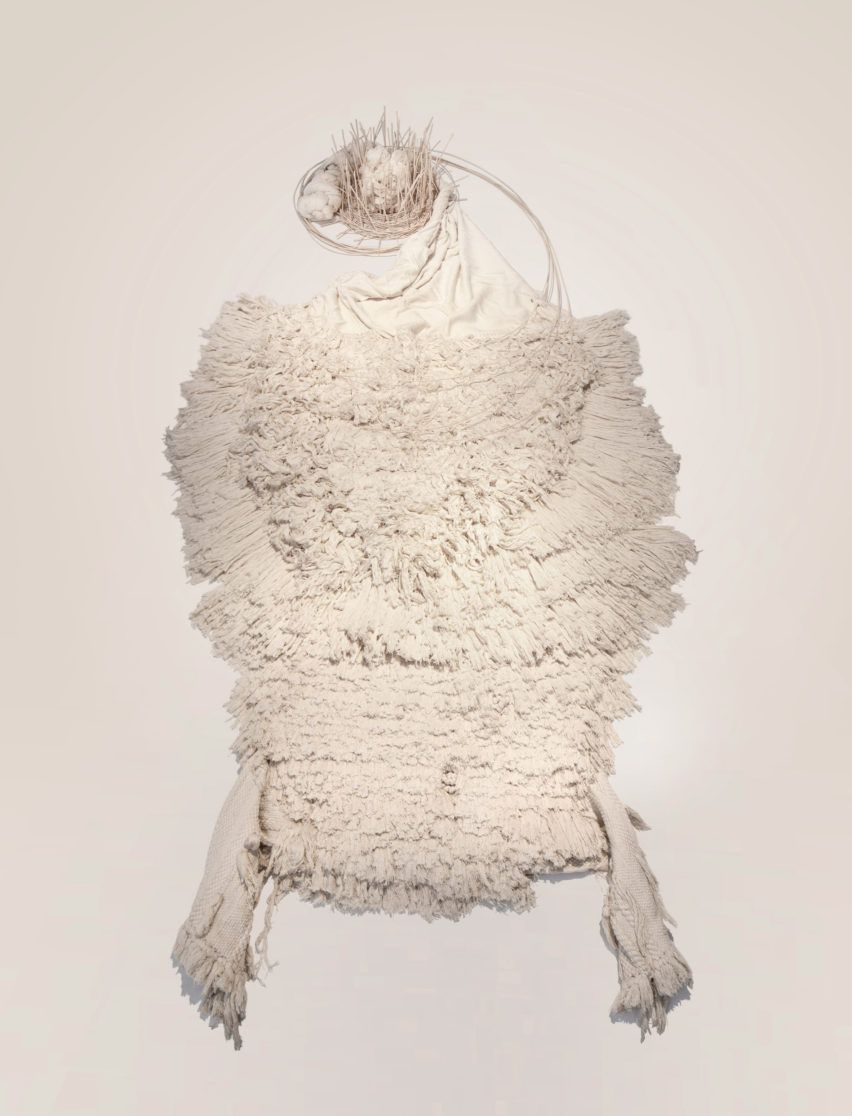
The designer believes the scale of an industry should not determine which animals are harmed in the making of products for human use. "For me, in suffering we are all equal — it is not a matter of scale," said the designer.
Two of the wall tapestries were displayed as part of the designer's Consciousness exhibition at Friedman Benda in New York in May this year, where the designer also showed two other series of work.
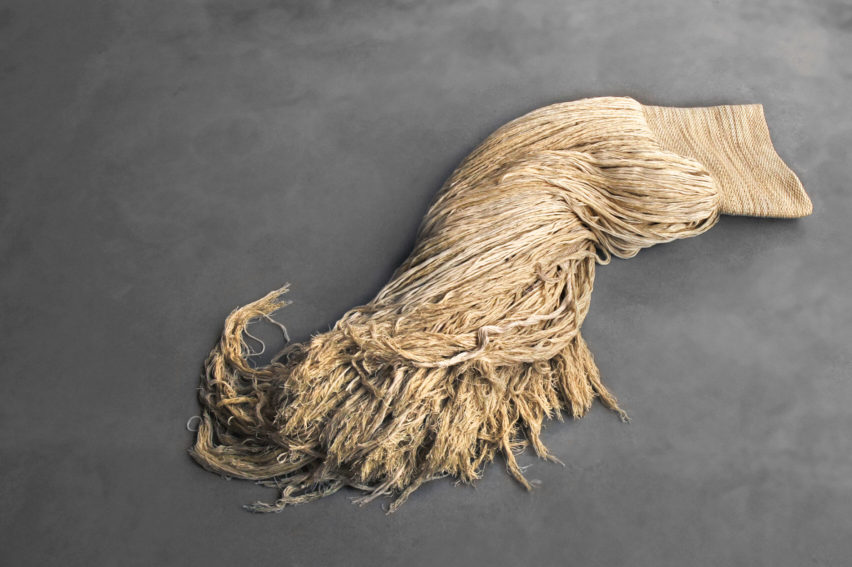
The first is Bleached, a five-year project looking at the material applications of salt, that he showed in Milan earlier this year.
The other project on display saw him use the waste he produced on a trip to India as the basis for a set of woven baskets glazed with the fibrous byproduct of cashew nut harvesting.
Other designers experimenting with vegan materials include Tjeerd Veenhoven, who created a set of colourful cruelty-free rugs using palm leather, a material made from palm leaves softened with a glycerine solution.
Photographs are by Kalu Rothkegel and Daniel Kukla.